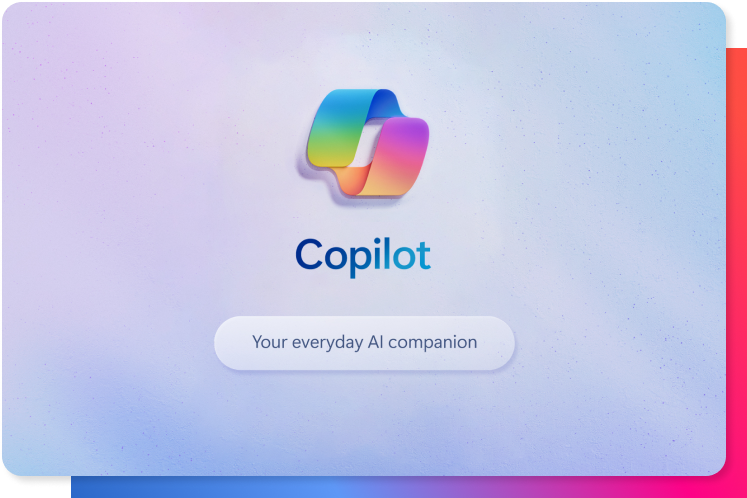Marketing, at its core, always pursues the same goal: capturing audience attention and transforming it into value for brands. Over time, the tools have changed, but the central logic remains the same because companies continue to compete for spaces to build branding and generate real engagement.
Traditional channels today show clear limitations. Instagram, Facebook, and TikTok have become intensely competitive arenas, where content saturation leads to what is known as information overload. This excess of information not only reduces users’ ability to process new messages but also means that every post competes under increasingly unequal conditions for attention. In other words, it makes it harder and harder for a brand to stand out amid an endless flow of stimuli.
Globally, users spend an average of 2 hours and 21 minutes daily on social media, but among younger audiences (18–24 years), this figure rises to more than 3 hours a day. The problem is that this attention is increasingly fragmented: Generation Z loses interest in just 1.3 seconds if an ad fails to grab them immediately, and 60% of them say they prefer short-form video formats over traditional TV.
This presents a greater challenge for marketers: it’s not just about investing more money in campaigns, but about finding spaces where audiences actually pause, interact, and build positive memories with the brand.
Why Fortnite?
Fortnite, developed by Epic Games in 2017, has become one of the most popular video games worldwide. Available on PC, consoles, and mobile devices, it has transformed into an accessible, cross-platform ecosystem that goes beyond just play.
Its marketing value lies in the fact that, beyond the game’s appeal itself, it provides concrete metrics to evaluate results: brand awareness, engagement rate, brand recall, and indirect conversion. Added to this are more strategic indicators such as Customer Lifetime Value (CLV), which estimates long-term customer value, and Net Promoter Score (NPS), which measures loyalty and likelihood to recommend the brand. In this way, Fortnite Islands don’t just impact the initial awareness stage, but position themselves as a relevant channel throughout the entire marketing funnel.
This potential is reinforced by a highly attractive demographic: 62.7% of players are between 18 and 24 years old, a key segment that is notoriously hard to reach through traditional media. Users spend between 6 and 10 hours per week on the game, with average sessions of 25 minutes, and the platform has over 650 million registered users worldwide and around 25 million daily active users. These metrics represent a clear competitive advantage: direct access to Generation Z and the ability to capitalize on high engagement levels, enabling brand storytelling and strengthening recall.
What are Fortnite Islands?
They are customized virtual worlds created within the Fortnite ecosystem through the Unreal Editor for Fortnite (UEFN). They allow brands, institutions, or creators to design their own interactive environments, ranging from themed maps to gamified experiences with missions, challenges, and rewards.
How is this different from the marketing we know?
“Old vs. New”: Traditional marketing is repetitive; immersive marketing is lived.
| Aspect | Traditional Marketing (TV, digital banners, etc.) | Immersive Marketing (Fortnite) |
|---|---|---|
| User Role | Passive spectator, minimal interaction | Active protagonist: explores, plays, participates |
| Duration of Impact | Seconds or a few clicks | Engagement of up to 25 minutes per session |
| Interaction | Brief view or reaction | Missions, challenges, and brand-linked rewards |
| Targeting | Broad but undirected reach; hard to capture Gen Z & Millennials | Direct, organic access to young audiences where they already are |
| Recall | Based on repetition | Based on memorable, immersive experience |
At this point, the key question arises: if traditional approaches are no longer enough, where can we find genuine attention from new generations?
The answer points to immersive marketing: an approach that goes beyond conventional ads and integrates the brand into interactive, dynamic environments. The word “immersion” describes a psychological state in which the user is completely involved with the generated environment, feeling part of it. These technologies enable multisensory experiences (vision, sound, movement, and social interaction) that strengthen the emotional connection between the audience and the brand.
This phenomenon is part of what is now known as the immersive economy: an economic model where value comes not only from the product or service, but from the participatory digital experience the user lives. It relies on technologies such as virtual reality (VR), augmented reality (AR), metaverses and video games, and Web3 with blockchain and NFTs introducing the notion of digital ownership. In this framework, the consumer is no longer a passive spectator but an active participant, able to interact, produce, and even own elements within immersive digital environments.
Challenges
Although the potential of this strategy is evident, the challenge lies in creative investment: it’s not just about having development and design teams, but about working with a specialized gaming studio that combines technical expertise with the ability to design video games with compelling storylines that can sustain player attention. On top of that comes the risk of advertising saturation, since excessive use of these experiences could reduce their impact, and the need to ensure a real-world connection, meaning that the virtual activation translates into tangible conversions, sales, or visits.
Success stories that set trends
- Nike Airphoria: a playable space where users explored products and unlocked rewards.
- Balenciaga: a digital and physical collection linking luxury fashion with in-game avatars.
- Ferrari: introduction of a playable car model, merging brand experience with the game’s core mechanics.
Argentina Tourism: a global milestone, becoming the first country to use Fortnite for tourism promotion, recreating 7 destinations (Misiones, Mendoza, Córdoba, Buenos Aires, among others). The campaign generated over 4 million brand impressions and was covered by more than 100 media outlets.
When the experience becomes unforgettable
Beyond figures and global cases, I can personally attest to the power of these strategies. I was playing Fortnite myself when a virtual Travis Scott concert was announced. I wasn’t a fan of the artist and barely knew him, yet I decided to log into the experience. The result was stunning: millions of players at the same time, a visually immersive show, and a narrative designed to fully exploit the game’s possibilities. That was the first time I heard the artist, and since then, he has become one of my favorites.
From a marketing perspective, the objective was more than achieved: generate awareness, capture a new audience, and create an emotional bond. All within an environment where user attention is guaranteed through weekly hours of play. This example shows how a well-designed action not only reaches millions of people but can turn a casual player into a loyal follower.
More than a game: the new frontier of marketing
Fortnite Islands represent far more than an alternative channel: they are the new territory of experiential marketing within the immersive economy. In a context where young audiences’ attention fragments within seconds and they actively avoid traditional advertising, this space offers something radically different: an environment where brands stop interrupting consumers and instead become part of their daily digital experience.
This phenomenon is part of a broader trend toward the convergence of video games, the metaverse, and Web3 — the new arenas where public attention is being contested. Within this context, Fortnite is not just an entertainment platform: it is a strategic laboratory where brands can test innovative narratives, build active communities, and stand out from the competition.
The challenge is no longer about spending more on advertising, but about entering these immersive spaces with pilot projects, in partnership with studios capable of mastering both the technology and the narrative dimension of video games. Only then will brands be able to transform attention into meaningful relationships and truly stand out amid the noise.
Author: Mateo Zaffaroni







 Español
Español